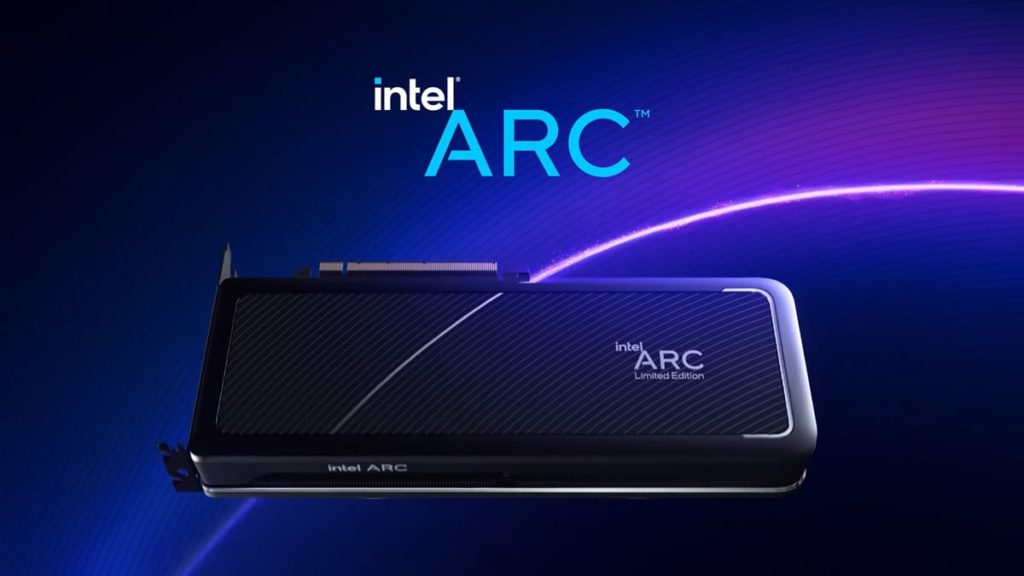
Raja Koduri has responded to rumors that began circulating on Friday regarding Intel’s dGPU division following news that it is winding down its Optane memory business. The rumors stemmed from an unnamed Intel source who said that upper management had concerns over the viability of its dGPU division. They went on to say the division is under evaluation for continuance and the team was aware of falling short of expectations. The alleged source was no doubt, at least in part, referring to the Intel Arc A380 that was seen trailing behind older and lower-tier cards from AMD and NVIDIA in 1080p testing.
Intel’s dGPU program is being evaluated for continuance. Upper Intel management is concerned about the viability of its dGPU moving forward in a fast changing market given its track record of Alchemist execution currently (…) and the execution of next-gen Battlemage is already extremely questionable. At this time it does not like like [the] data center GPU is on the chopping block.
It doesn’t take non-public information to know that we’ve fallen short of what we’d hoped to do by this stage. Not just because of bad execution (…), but we have definately dropped the ball in some areas. But we always knew getting to this point was going to be a learning process and there are real changes to priorities and processes are being made to correct these failures in the future.
Trust me, nobody in the graphics leadership is cocky right about now. Everyone knows that we have more or less under-performance across various graphics programs.
But I still believe that Intel needs something like what we have in the graphics organisation. There might be some good reasons to do it, but I would be shocked if [management person] pulled the plug on the whole thing.
It didn’t take long for various news outlets to run with these statements and question if the Intel dGPU division could be on the chopping block. Mr. Koduri has responded by saying that his division is on track, committed to its roadmap, and promised forthcoming updates.
Thanks Anshel – We are very much committed to our roadmap. We are ramping Alchemist and will continue to improve the experience. You will see more updates from us this quarter.
— Raja Koduri (Bali Makaradhwaja) (@RajaXg) July 29, 2022
AXG is also on track to ramp 4 new product lines by the end of the year https://t.co/N6BaVPRT2r
